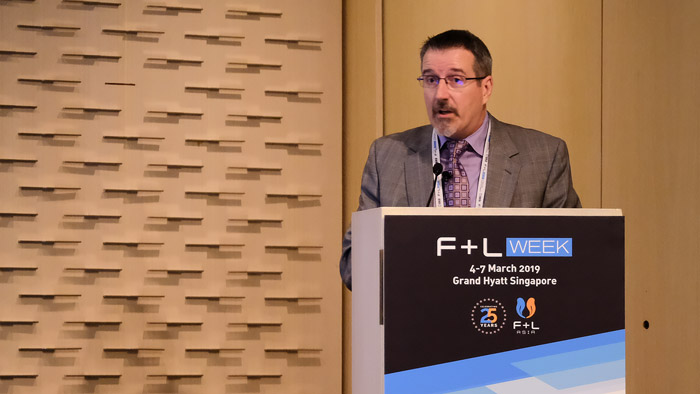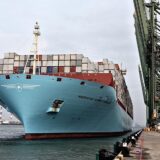
Shift in demand due to IMO-2020 expected to cause heavy fuel oil prices to fall
From 1 January 2020, the International Maritime Organisation’s (IMO) new lower 0.5% limit on sulphur in ship’s fuel will apply, in line with the IMO MARPOL Treaty. This change is arguably one of the defining moments in marine fuel regulation.
The IMO 2020 date was confirmed in October 2016, providing a relatively brief timeframe for transitioning to the new sulphur limit. Despite concerns many operators won’t be ready, the issue of timing has been raised several times with IMO and there “appears to be no chance of a delay in the regulations,” says Steve Benwell, Global Key Account Manager for Fuel Additives, Infineum. In a panel discussion during Fuels Session during F+L Week 2019 in Singapore, Benwell suggested the changes will progress as planned in January 2020. However, the level of non-compliance is still anyone’s guess.
With limited time to prepare, and considering the entire distribution system of tanks on ships, bunkering on land, and intermediary vessels; Benwell says clearing out tankage and bunkers must commence by the third quarter of 2019, to ensure readiness for 1 January.
Aside from timing, a major issue for the industry is whether heavy fuel oil (HFO) will continue to be available to ships, says Benwell. There could be a significantly smaller proportion of fuel being delivered, and because of incompatibility and sulphur contamination issues, no one wants to get themselves into a high sulphur/low sulphur contamination situation that renders them non-compliant.
The shift in demand away from heavy fuel oil is expected to cause HFO prices to fall, Benwell said. He suggested that power plants could be the beneficiaries of this financial upside, as traditionally power generation facilities are equipped with scrubbers to control emissions, and would likely continue to utilise HFO.













